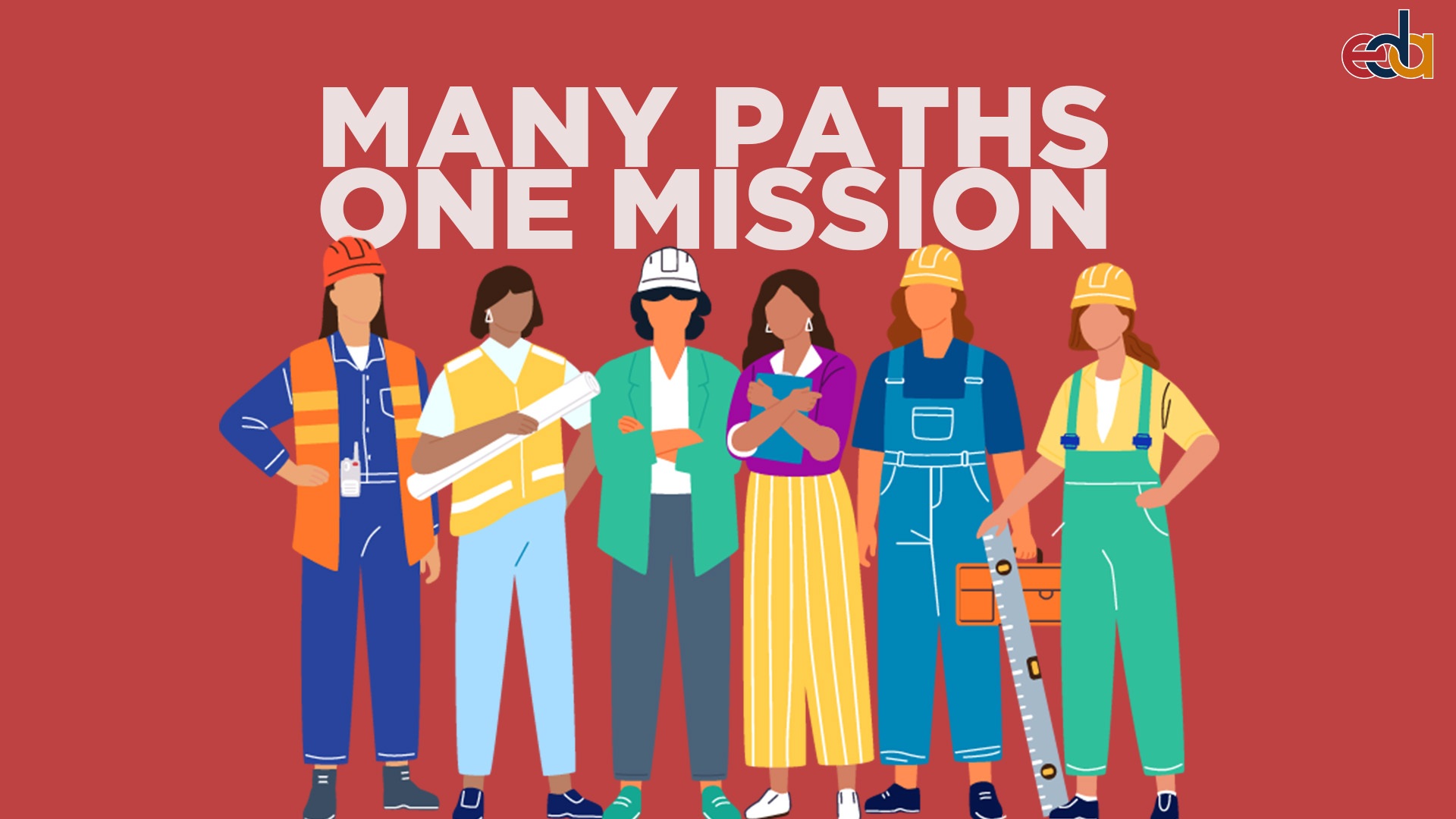While there is a common perception of the construction industry being filled with old-fashioned thoughts and attitudes, things are changing. Women in Construction Week celebrates and promotes the various roles of women in our industry. Since its founding in 1998, the National Association of Women in Construction (NAWIC) has grown, and it continues to use this week to run events and promote equity in our industry. This year’s theme is “Many Paths, One Mission,” which celebrate the different journeys that women have taken to strengthen and amplify their success in construction.
History of Women in Construction
Women have historically been excluded from the construction industry but their presence has grown to about 14% in recent years. Early pioneers for women in the industry include Lady Anne Clifford and Lady Elizabeth Wilbraham who were both British architects in the 17th Century. Despite struggles with women holding professional roles, they were responsible for the construction of hundreds of buildings including large castles and churches. Almost 200 years later, Ethel Charles became the first woman to gain full professional recognition as a female architect. While her ability to control projects was still limited, this was a huge step forward for female equality in the construction industry. The 20th Century saw the biggest advancements for women in the construction industry, and since the turn into the 21st Century, has continued to grow. In fact, since 2005 the proportion of women in senior roles has tripled.
Women in Construction Today
Today, there are countless women in roles throughout the construction industry and thousands of talented female trade workers. Women in construction are still widely outnumbered by their male counterparts, especially in the field, with women representing only 2% of tradespeople in 2022. Roles for women have increased much quicker in office jobs, with 75% of construction companies having promoted a woman to a senior position and an overall 64% increase in women-owned construction firms from 2014-2019. Women do still face obstacles like pay gaps, discrimination, and exclusion, which is why this week remains an important way to raise awareness and advocate for ongoing improvement.
Women at EDA
Over the years, EDA has worked to be a leader in supporting roles for women in the construction industry. While the industry has certainly taken strides to expand opportunities for women, we recognize that there is still a lot of work to be done. EDA is proud to have women in leadership positions throughout the company and is proud to foster a culture where individuals of all background can succeed. We are excited again to highlight the importance of Women in Construction Week and aim to keep the conversation going around growing our industry with women every day of the year.
